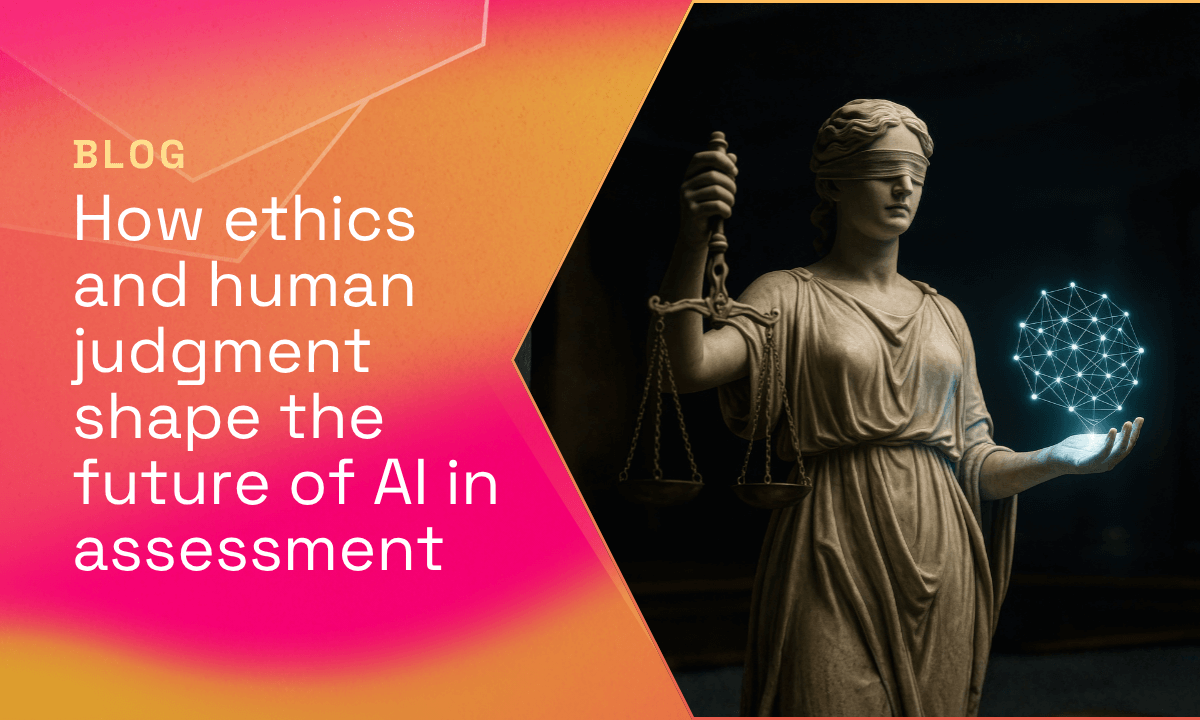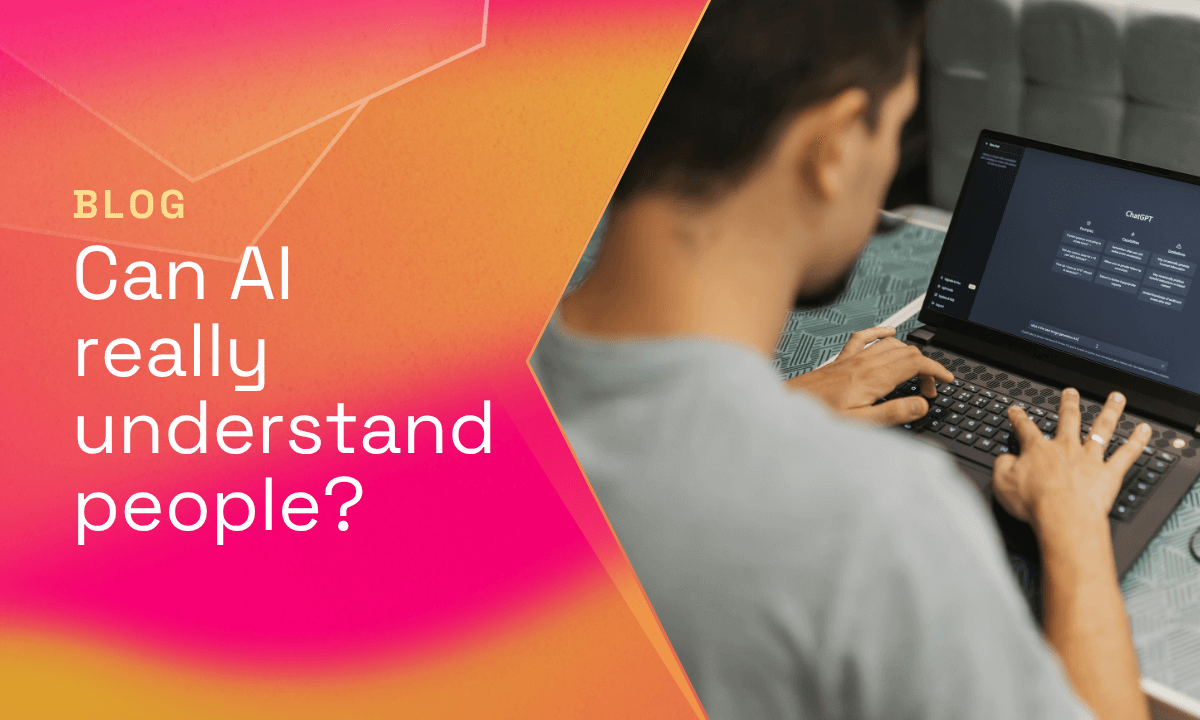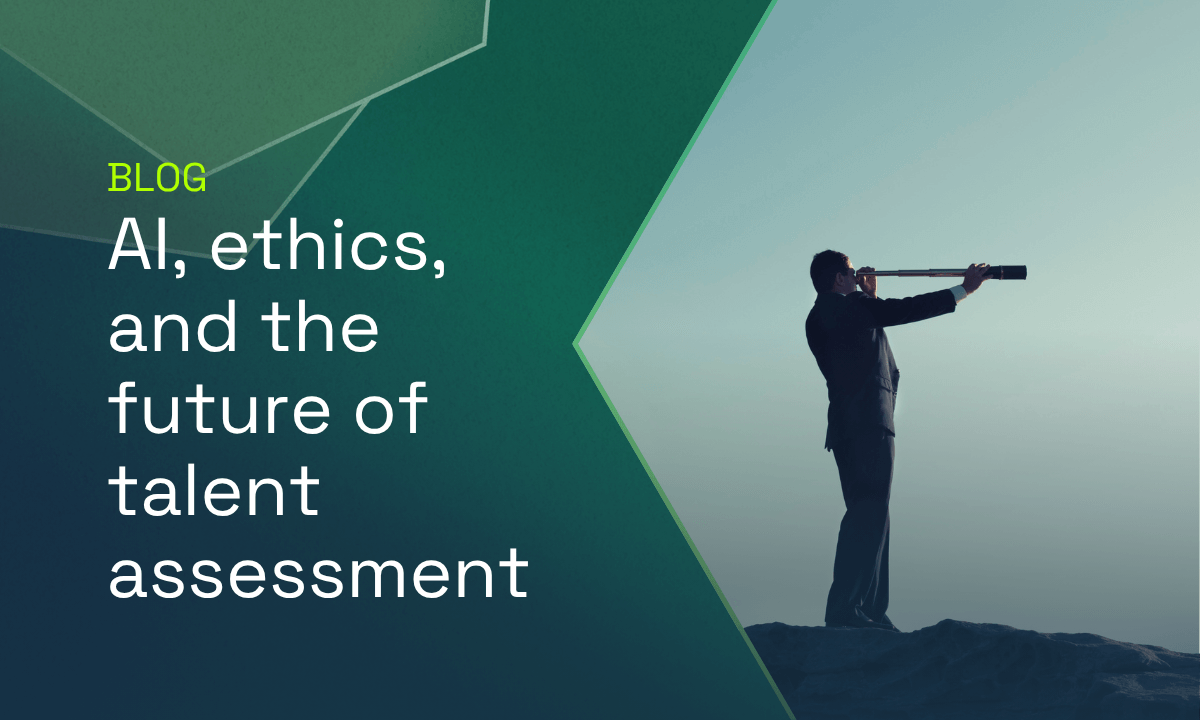For Team Leaders: How to use Sola to improve team dynamics
1. The problem
Even strong teams experience friction: miscommunications, uneven workloads, clashing work styles, or unclear expectations. Team leaders often want to improve collaboration and morale but lack the time, tools, or data to understand what’s really going on beneath the surface. Traditional feedback methods rarely reveal the full picture.
2. How Sola helps
Sola gives team leaders a fast, data-backed way to understand the people behind the work. Powered by Deeper Signals’ soft-skills intelligence, Sola helps you decode team strengths, anticipate conflict patterns, and identify opportunities for better collaboration. Instead of guessing how your team works, Sola summarizes real behavioural insights, highlights potential risk areas, and gives practical actions you may take immediately.
3. Step-by-step use case
Step 1: Ask Sola for a team overview
Start by prompting Sola to summarize your team’s collective strengths, risk factors, and collaboration themes.
Try:
“Give me a team dynamics summary based on the Core Drivers of everyone in my team.”
Sola will generate an overview such as:
- Shared Core Drivers
- Potential risks or friction points
- How these patterns are likely to show up in day-to-day workflows
Use this as your baseline map.
Step 2: Identify collaboration opportunities
Next, ask Sola to pinpoint where your team can work better together.
Try:
“Where are the biggest collaboration opportunities for my team, and what actions should I take as the team leader?”
Sola will highlight things like:
- Who may need more structure
- Who may thrive with autonomy
- Who tends to dominate discussions
- Where responsibilities could be clarified
You’ll also get actionable recommendations you can implement in standups, retrospectives, or one-on-ones.
Step 3: Understand individual work styles
If you’re preparing for a meeting or addressing conflict, dive deeper.
Try:
“Help me understand how Leonard and Sheldon prefer to communicate and where their working styles might clash.”
Sola will surface:
- How each person tends to communicate, and what may motivate them
- Potential friction points to be discussed
- How to mediate or align expectations
This helps you intervene early, before tension escalates.
Step 4: Plan a team session using Sola’s insights
If you’re running a team workshop, retrospective, or reset meeting, Sola can help design the agenda.
Try:
“Create a 45-minute team workshop agenda to strengthen collaboration based on our team’s Core Drivers results.”
You’ll receive:
- A tailored agenda
- Discussion prompts
- Exercises for improving trust, communication, or alignment
- Suggested follow-up actions
Step 5: Use Sola for continuous check-ins
Keep improving team dynamics over time instead of waiting for quarterly reviews.
Try:
“What should I focus on with my team this week to keep engagement high?”
Sola can recommend:
- One-on-one talking points
- Recognition opportunities
- Risks to monitor
- Small improvements that may compound over time
4. Best practices / watchouts
- Pair Sola’s insights with your own judgment. Use Sola to inform, not replace, your understanding of your team.
- Avoid labelling team members. The insights describe tendencies, not fixed traits.
- Share insights ethically. Discuss results with transparency and respect; never use Sola as the sole basis for performance decisions.
- Expect imperfections. AI can make mistakes or overgeneralize. If something feels off, cross-check with your own experience.
Try it now
Start building healthier team dynamics today.
Ask Sola:
“What are my team’s biggest strengths, and how can we collaborate more effectively?”





























